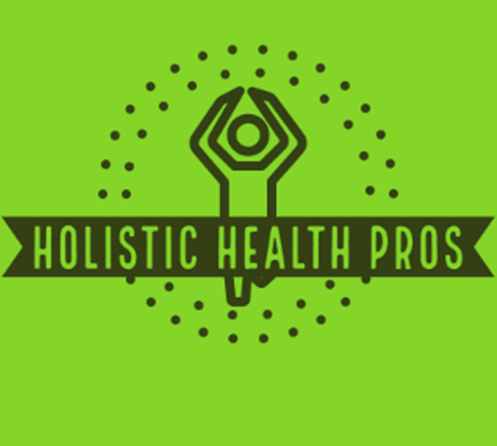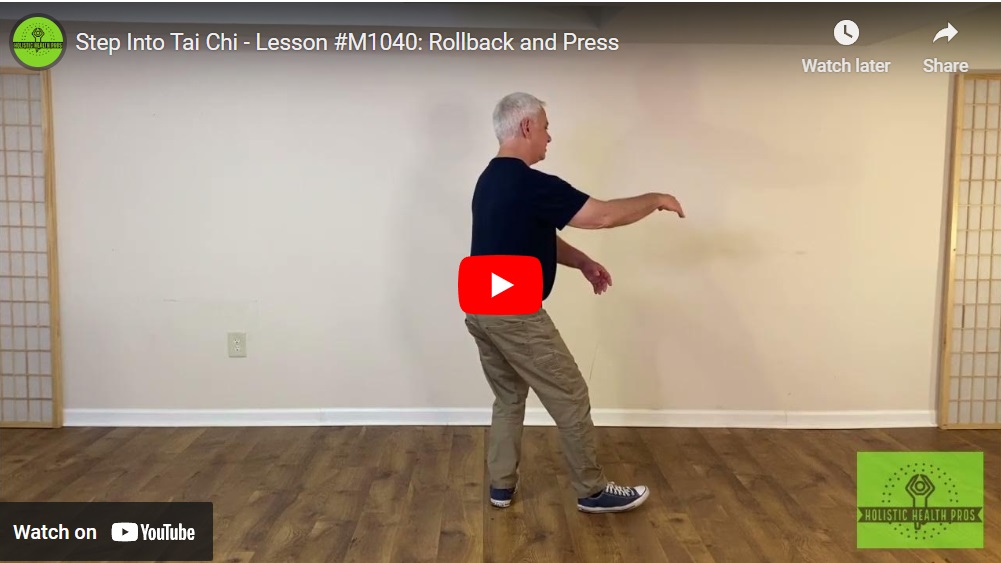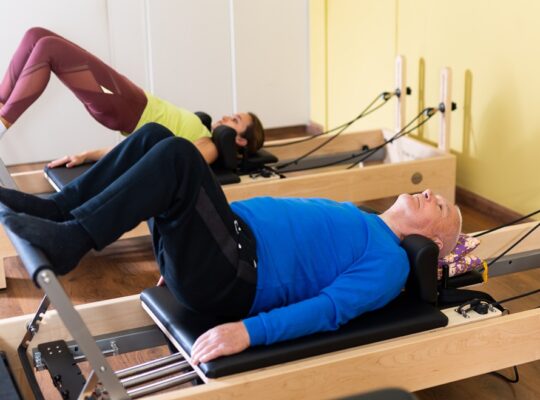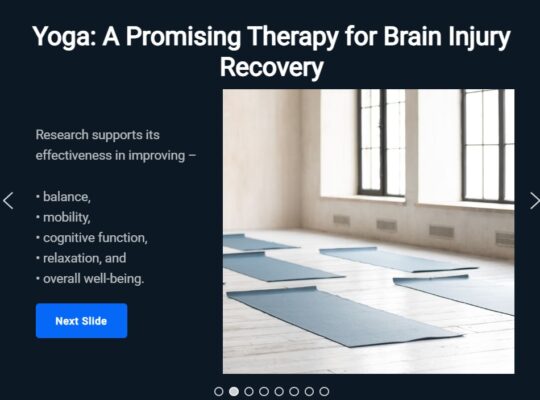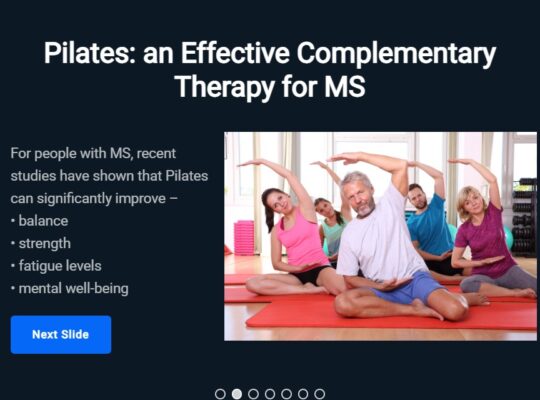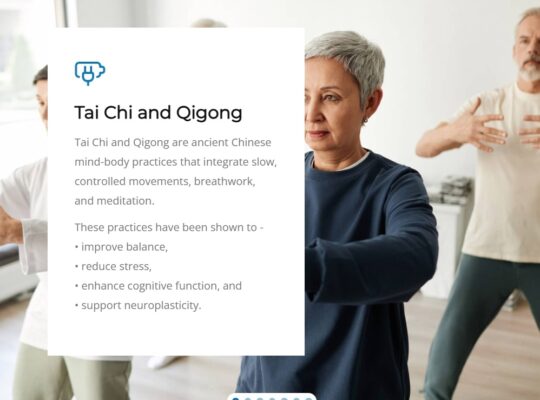Class Frequency and Duration
- Session Length: 45–60 minutes, including warm-up, movement practice, and meditation.
- Frequency: 2–3 sessions per week for at least 8 weeks to see noticeable benefits.
![]() Watch the slideshow about the benefits of Tai Chi/Qigong for brain injury recovery
Watch the slideshow about the benefits of Tai Chi/Qigong for brain injury recovery
Key Components of a Brain Injury-Friendly Tai Chi/Qigong Class
1. Gentle Movement (Tai Chi Forms and Qigong Exercises)
- Seated or Chair Tai Chi: Beneficial for individuals with severe balance impairments.
- Basic Tai Chi Movements:
- Cloud Hands (slow weight shifts improve coordination).
- Golden Rooster Stands on One Leg (enhances balance).
- Parting the Wild Horse’s Mane (supports proprioception).
- Qigong Breathing and Flowing Movements:
- Ba Duan Jin (Eight Pieces of Brocade) helps enhance energy levels and calm the nervous system.
2. Breathing Exercises (Qigong Techniques)
- Abdominal Breathing: Activates the parasympathetic nervous system, reducing stress.
- Five Element Qigong Breathing: Targets different organ systems, promoting overall health.
3. Mindfulness and Meditation
- Body Scan Meditation: Enhances self-awareness and relaxation.
- Guided Visualization: Supports emotional healing and mental clarity.
Adaptations for Different Levels of Ability
- Modify movements based on cognitive and physical capacity:
- Use props such as chairs and walls for support.
- Simplify movement sequences for those with memory difficulties.
- Emphasize verbal and visual cues:
- Provide clear, step-by-step instructions to aid learning.
Implementing Tai Chi and Qigong in a Rehabilitation Setting
A. Training Tai Chi Instructors for Brain Injury Care
- Ensure instructors are trained in adapting Tai Chi for individuals with neurological impairments.
- Emphasize safety measures, including fall prevention strategies.
B. Creating a Safe and Supportive Environment
- Minimize distractions: Use quiet, spacious rooms with stable flooring.
- Encourage social interaction: Group sessions enhance motivation and emotional well-being.
C. Monitoring and Measuring Progress
- Functional Assessments: Use balance and mobility tests to track improvements.
- Cognitive and Emotional Well-being Surveys: Evaluate changes in mood, stress levels, and cognitive function.
Conclusion
Tai Chi and Qigong offer a safe, adaptable, and effective complement to traditional brain injury rehabilitation.
By improving physical stability, cognitive function, and emotional well-being, these ancient practices help bridge the gap between recovery and reintegration into daily life.
Given the promising evidence, further large-scale clinical trials are warranted to explore their full potential in TBI and ABI rehabilitation.
